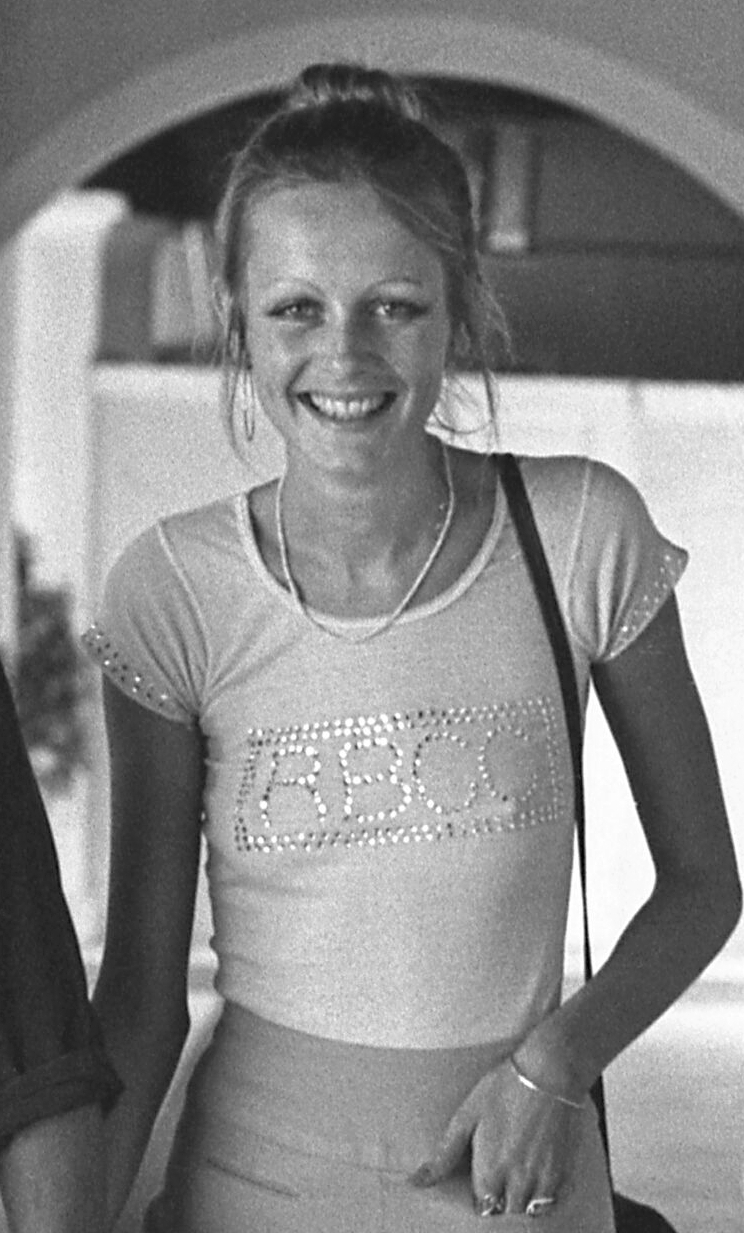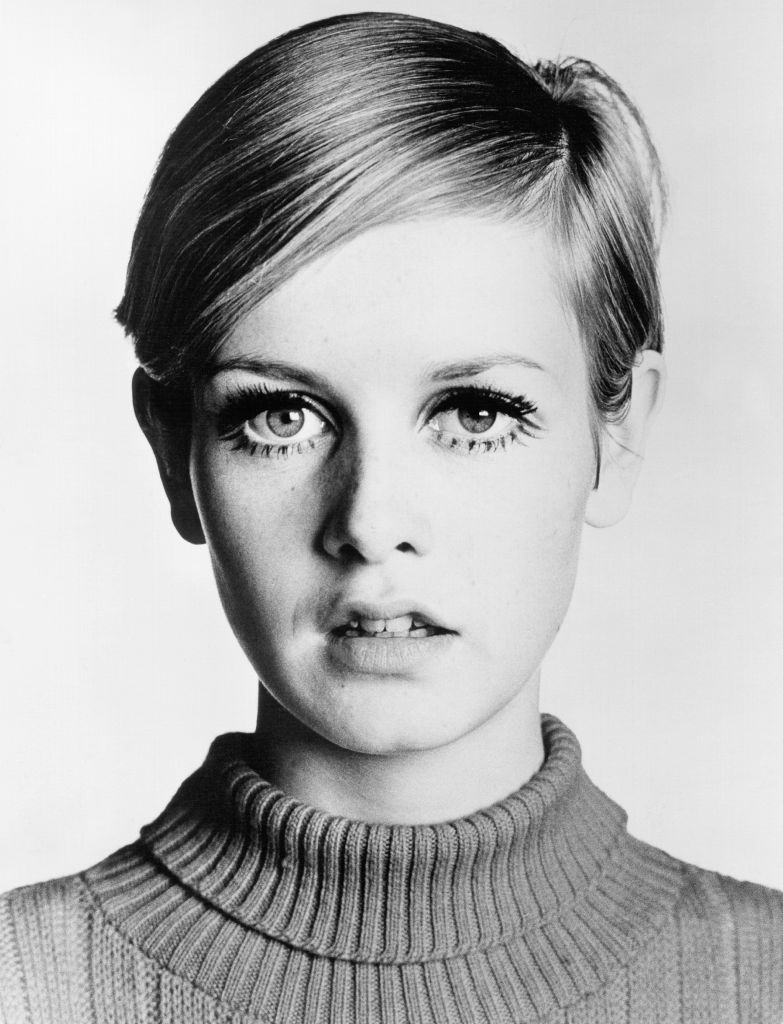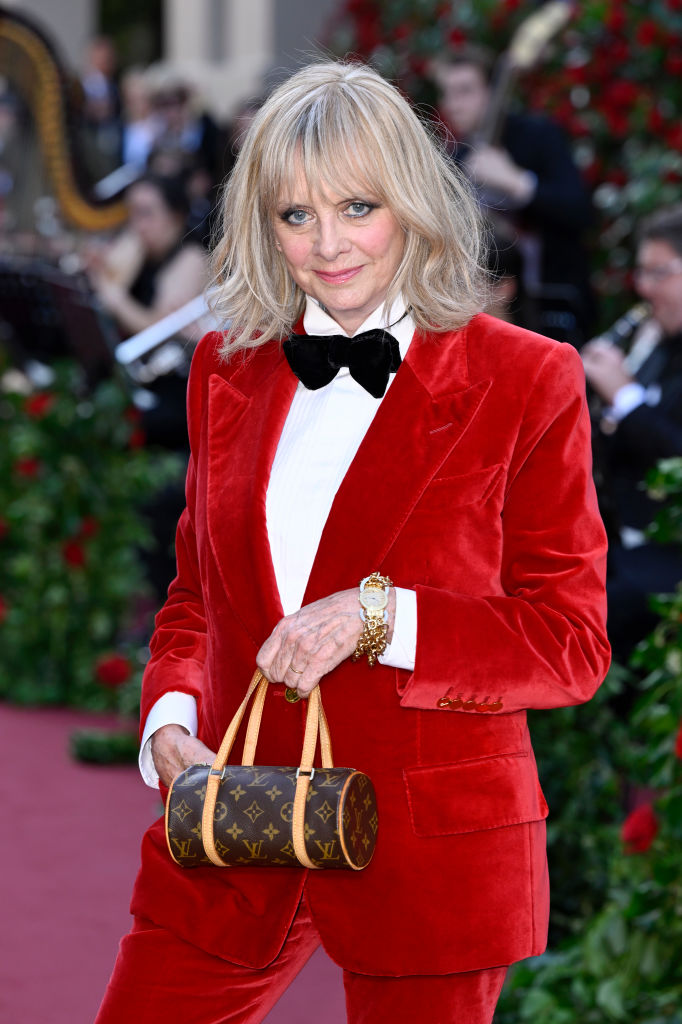Reluctantly taking her appearance to the next level, Twiggy complemented her elfin-like face and big blue eyes with a pixie hairstyle in a unique look that’s been replicated over the decades.Though she transformed the fashion industry with her youthful style, the legendary cover girl recently revealed that she didn’t want the androgynous buzz that defined the look of the Swinging Sixties, and that she was just too shy to deny the work of a famous hairstylist in a “posh salon.”
Celebrating her 74th birthday on September 19, we’re taking you back to the 1960s when Twiggy first inspired the famous baby doll styles we still see today!In 1966, the British-born Twiggy–whose birth name is Lesley Hornby–was looking for a trendy new look to help launch her career. Standing at only 5-foot-6, the aspiring young model was told she was too short to succeed in the competitive fashion industry.Turning 74 on Sept. 19, the former supermodel recalled having her shoulder-length hair styled for some test “head shots” at London’s House of Leonard and meeting the famed British stylist, Leonard Lewis (professionally known as Leonard of Mayfair).Lewis was looking for models to try out his new crop haircut.
After perfecting her golden blonde crop, Lewis had British photographer, Barry Lategan, snapped Twiggy’s pictures.“Leonard put it up in the salon and a journalist saw it,” Twiggy said, referring to the Daily Express fashion editor Deirdre McSharry, who while having Lewis style her hair, saw Twiggy’s daring do in the photos. “That’s how it all happened…When that haircut started, when that photograph was taken, that was the pivotal moment.”The pixie cut highlighted her large blue eyes, which she emphasized with mascara on her lower eyelashes.In a conversation with Vogue, Twiggy explained the inspiration behind her doe eyes: “I was also constantly playing around with make-up at home. I had a rag doll that had those spikey eyelashes, so I bought false eyelashes for myself and created what became known as my sort of ‘look.’”
Over the next several years, Twiggy’s name became synonymous with the trailblazing British designer Mary Quant, who revolutionized fashion with short hemlines, freeing the female leg.After only a handful years of modelling, Twiggy retired in 1970 and explored stage and screen acting, along with singing.Her movies include starring roles in 1971s The Boy Friend–a performance that earned her two Golden Globes–and Club Paradise (1986), where she played the lead alongside the late Robin Williams.The America’s Next Top Model judge also worked on a fashion line exclusive to Marks & Spencer and ppeared on several of the brand’s billboard ads.In 2011, she released the album “Romantically Yours,” that features cover songs like “Blue Moon,” “They Can’t Take That Away from Me” and “Right Here Waiting.” Her only daughter, Carly Lawson (born 1978) is a guest vocalist on some of the tracks.Still on the frontlines of fashion, the stunning woman was ambassador for L’Oreal and she partners with other brands as a designer.
These days the icon is keeping busy with her own podcast, Tea with Twiggy, where each week she has intimate chats with her famous friends.And despite all her achievements, Twiggy, one of the most recognizable faces of her generation, said her success can only be measured by the bond she shares with her incredible daughter.After her father, actor Michael Witney, died at 52 at her fifth birthday celebration, Carly was raised by her mom and second husband, Leigh Lawson, whom Twiggy married in 1988.“My number one is family. It always has been, even when Carly was little. If it didn’t work for Carly, I didn’t do it,” said Twiggy, who’s also a grandmother. “We went everywhere together but that’s why we’re so close now. The other day, she was saying, ‘I can’t remember a time when you weren’t there, Mum’ and it’s because I was always there. Even when I travelled, she came with me.”
